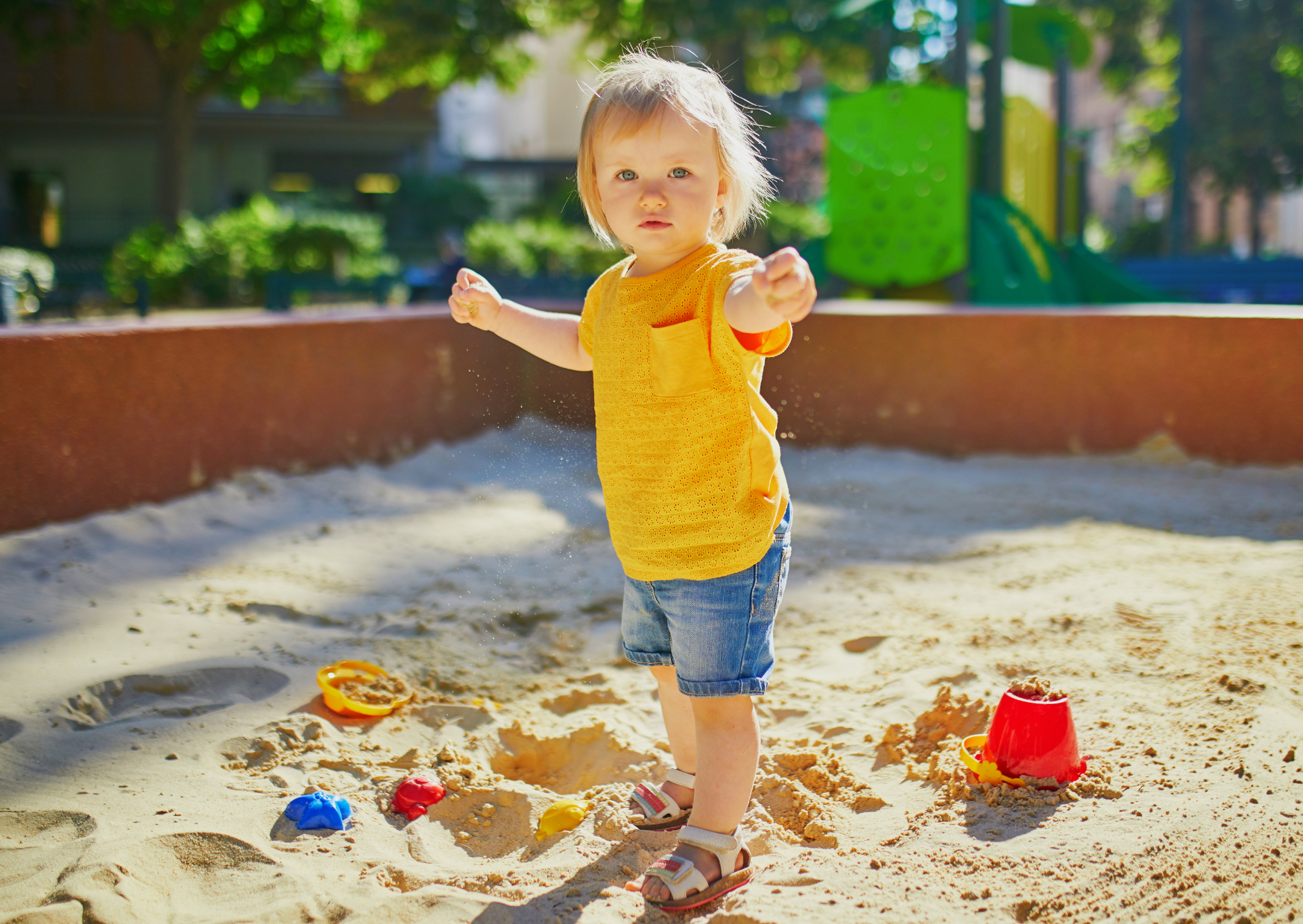
SO, HOW CAN WE SUPPORT POSITIVE AND SMOOTH TRANSITIONS THAT ENSURE THE CHILD IS KEPT AT THE HEART OF THE PROCESS?
First of all, we need to remember that any transition is a process, not a single moment. The very term itself gives us a clue that these changes need to be gradual. In an early childhood setting where primary caregiving is hopefully also in place, the process of transition should be initiated and supported by the child’s primary caregiver or key teacher.
This means that the key teacher will take responsibility for planning, preparing and supporting the transition (of any type), and for discussing this with the wider relevant team members. Ideally, transition from one space to another within an early childhood setting should not be tied to a child’s age. Rather it is likely to be more positive for the child if the timing is based on the child’s interest and “readiness” for the change.
The primary caregiver and family are best placed to recognise when the child is ready. This includes noticing that the child is physically capable of being in the bigger space, is socially ready to interact with a wider group of children and teachers, and is emotionally ready for the change.
The first part of any transition requires open dialogue with the child’s family. Remember that this process includes the most important people in the child’s life, who are also going through this transition. In an ideal world, we would discuss any impending transition with family, and make agreed plans for when and how this will happen. Before it happens!
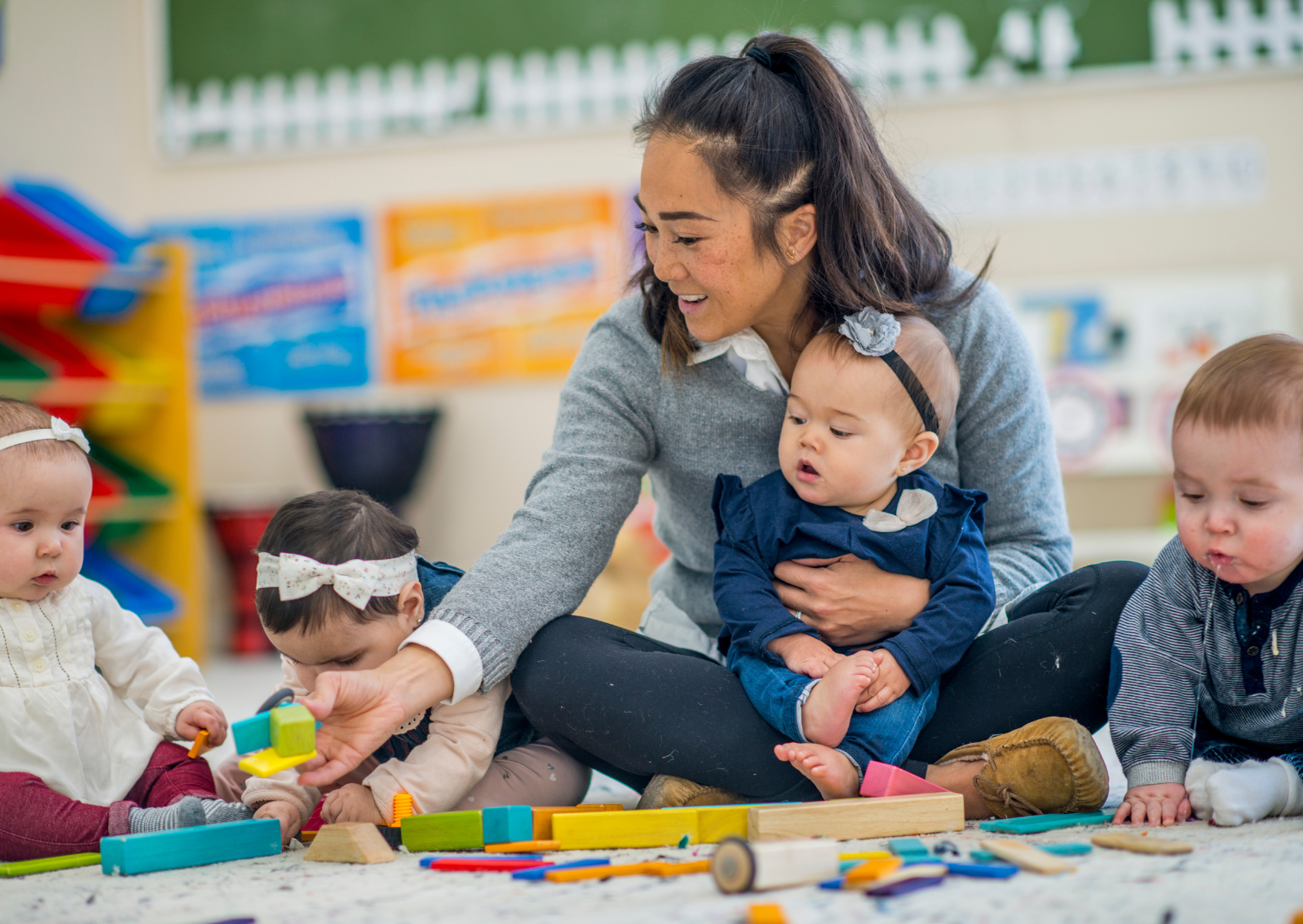
Once plans have been agreed, we can begin the process with the child.
This will include;
1. Talking to the child about the transition (before, during and after).
2. Starting to make short visits into the new space together. Often in a primary caregiving relationship, this will include a small group of primary care children who are all making the same transition at a similar time. This also provides a warm wrap around of familiar friends making the transition together and supports and sustains already established friendships.
3. Ensuring that visits into the new space include time to explore all of the play, eating, and sleeping areas over time.
4. Spending time in the new space through different parts of the day so that the child has the opportunity to experience the full range of routines and curriculum in the new space e.g. meal times, play, sleep etc.
5. Introducing the child to the other teachers and children in the new space and supporting them to begin building new relationships with everyone. Often children may already be familiar with the teachers and children in the new space, but it is still important that they have the opportunity to strengthen these relationships slowly. If a key teacher is to be assigned to this child, ensure this is organised before the transition begins, so that the child and family know who this will be, from the beginning.
6. Supporting the other teachers in the new space to build their understanding of this child. Who they are, their preferences, their dispositions, how they eat, sleep, toileting, habits, communication style, and what makes this child unique.
7. Gradually spending longer periods of time together in the new space. But always remaining responsive to the child’s cues about how this is going. Some children will absolutely fly through any transition, while others will require more support and a more gradual process.
8. Supporting the child to play confidently alongside their primary caregiver, independently, or with other children. This requires sensitive observation of the child, and reading when they may need more support or less. Stay close, or step back and observe. Offer guidance and suggestions. Play with the child or alongside. This is where the strength of the primary caregiver relationship comes into fruition.
9. Providing opportunities for the child to have their care needs met by the new teachers in the room. Once the child is demonstrating confidence and trust in the new space and new teachers, they will be more comfortable with having their physical needs met by a new key teacher e.g. nappy changes or meal time routines.
10. If the primary caregiver is not going to stay in the new room with this child long term, they will need to gradually have time in the new space without this key person. This should happen gradually over time as the child begins to build new relationships and connections with new adults and friends.

SOME OTHER SUCCESSFUL STRATEGIES I HAVE SEEN TEACHERS IMPLEMENT AS PART OF POSITIVE TRANSITIONS INCLUDE;
Create a small collection of family photos for the child to hold and access when they wish to i.e. a small album or laminated photos bound with a document ring. Children enjoy being able to carry this with them, and to share it with others to build new connections.
Write a “handover summary” about this child for the teachers in the new space to read. This includes everything others’ need to know about this child. It is also a really nice snapshot of this moment in time for the child and their family and can be added to their portfolio. We have created an example template for you to adapt here.
Showing the parents and family around the new space. Where to sign in and out, where to put their child’s belongings, introduce them to the other team members, talk through the difference in routines and curriculum etc.
Prepare all of the physical touches that help the child and family to feel a sense of belonging in the new space e.g. adding the child’s photo to their bag space, adding their name to their nappy space or bed, adding the child’s birthday details to the birthday chart in the room etc.
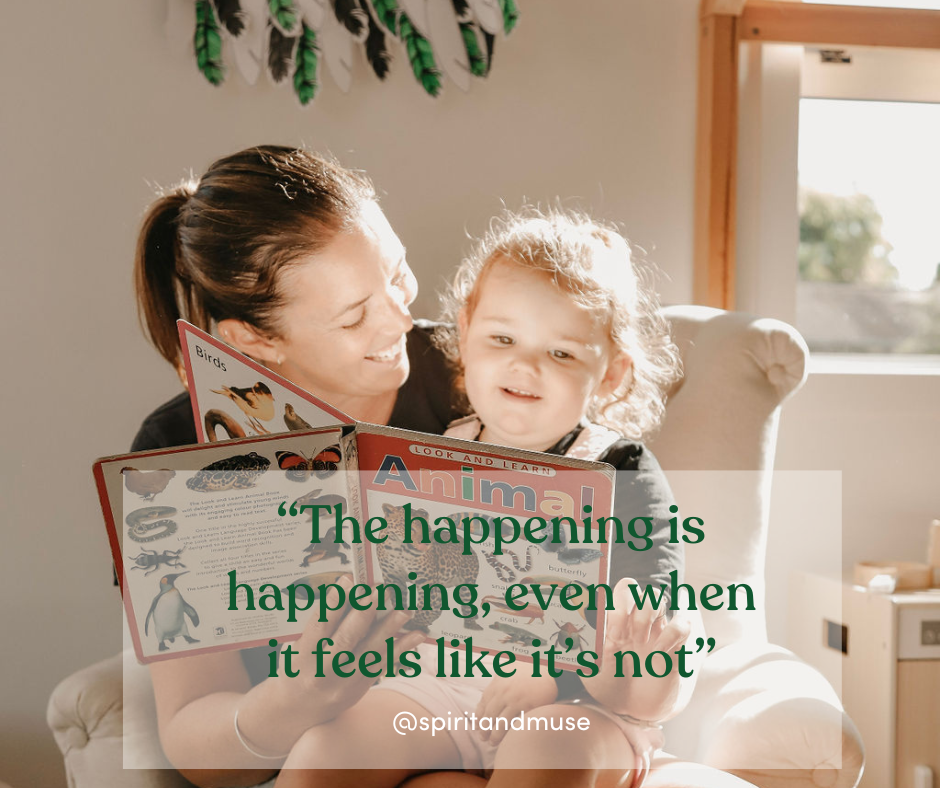
In an ECE setting where continuity of care is in place, of course the child will not be making the transition to a new teacher. But rather their primary caregiver will be making the transition with them, and remaining with them until they are possibly three years old. This approach reduces the stressors of transition significantly, as the primary relationship in the setting remains intact for the child and their family and the familiar adult who knows this child well, continues to care for them in the new space.
In this situation however, it is important to remember the needs of the primary caregiver through the transition process. This teacher may not have worked in this new space or with this team previously, so there are considerations to be made for them as well. Induction into the new space may be required, to ensure this team member feels a sense of belonging, understands the routines and curriculum, and settles alongside the children.
It is really important that any transition process be child-led and that we are respectful and responsive to children’s communication throughout. This may mean that some days the child will be happy to spend long periods of time exploring their new environment, and other days they may not want to visit at all. If we are respectful and gentle in our approach with transitions, the child will eventually make the change and settle confidently into the new, wider relationships and a new environment. We should however always remain open to children returning to the infant toddler room for a visit or to reconnect with familiarity if this is what they need. And sometimes this is necessary for a few months.
When transitions are thoughtfully planned and authentically supported, the outcomes for children are positive as they settle, build new relationships and thrive in their new environment. A positive transition for the child, usually also means a positive transition for the family who will feel confident and trusting of the new people and routines in their child’s changing life. What can be more important and satisfying for educators?!
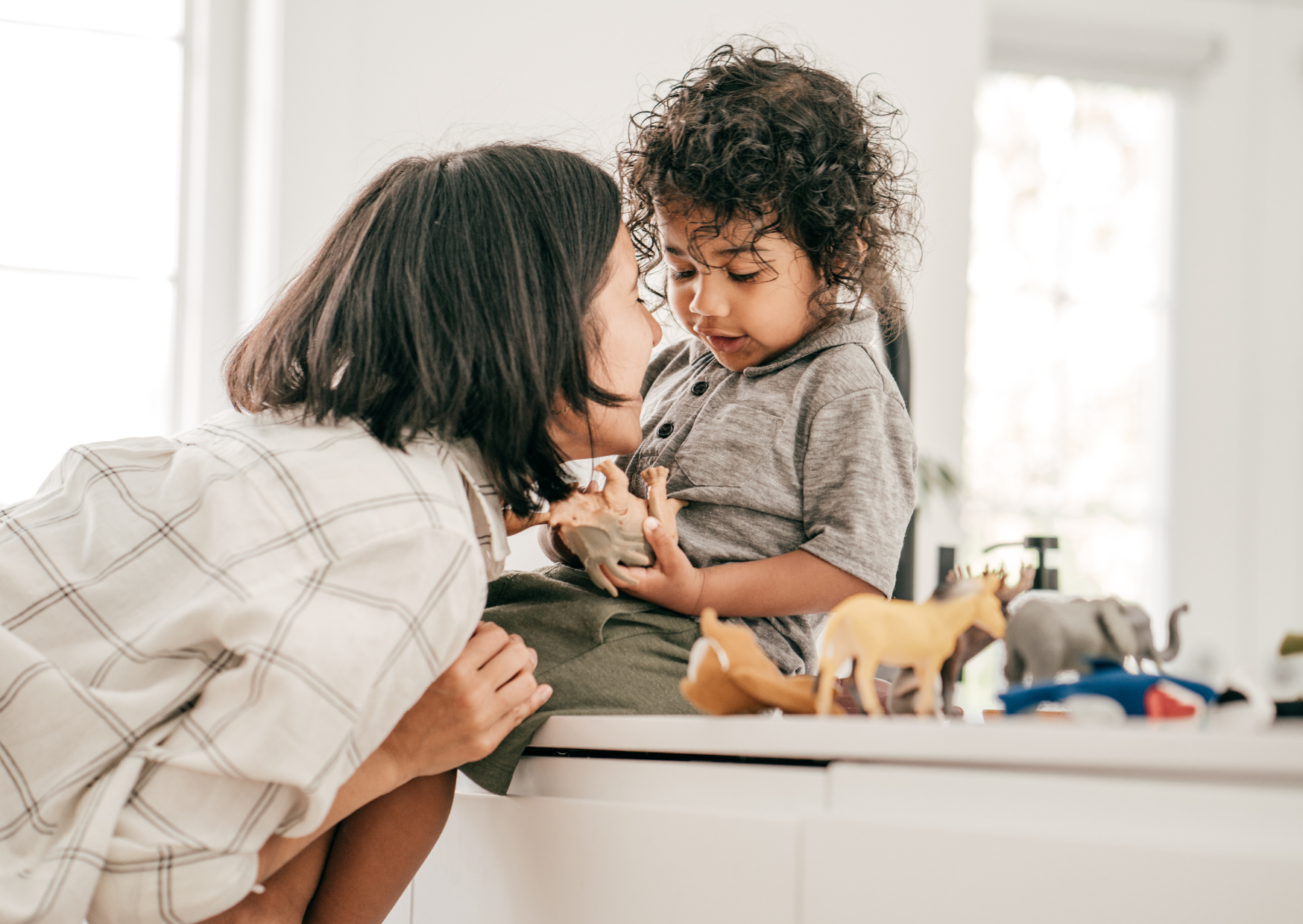
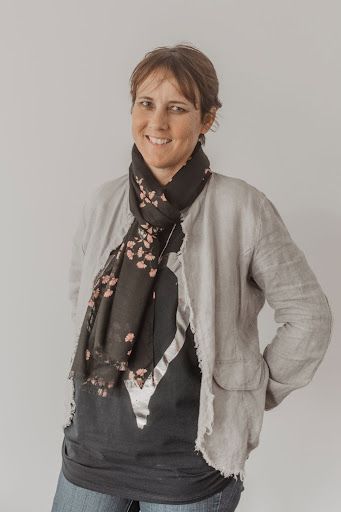
written by
Angela Bush
Founder & CEO - ECE Learning Unlimited & Kebudel
Bachelor of Education (ECE), Diploma of Nursing, Diploma of Teaching (ECE)
Angela is a degree qualified and registered ECE teacher, multiple ECE centre owner, curriculum leader and business manager of ECE Learning Unlimited. She is also a registered nurse.
With over thirty years in ECE and centre ownership, Angela has a wealth of experience and knowledge in successful ECE leadership and centre management.
Over the years Angela has also had roles as a lecturer in ECE, nanny, teacher, and mentor.
